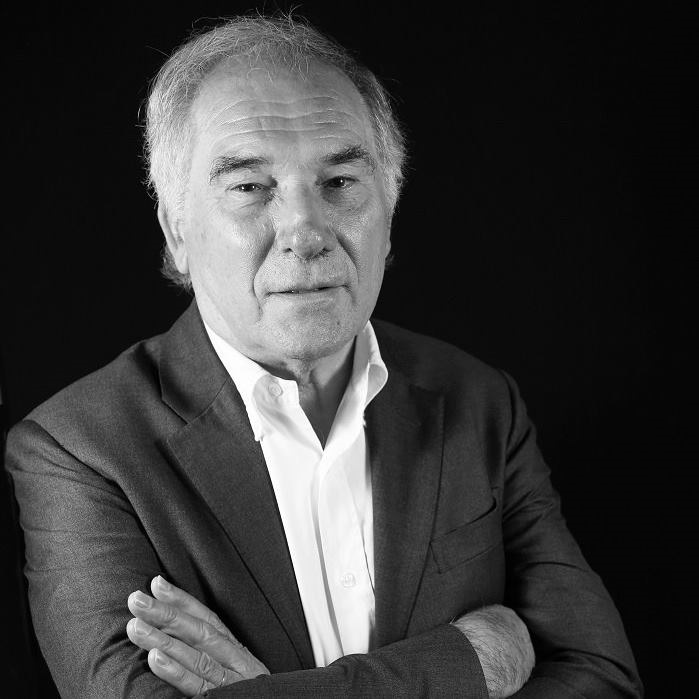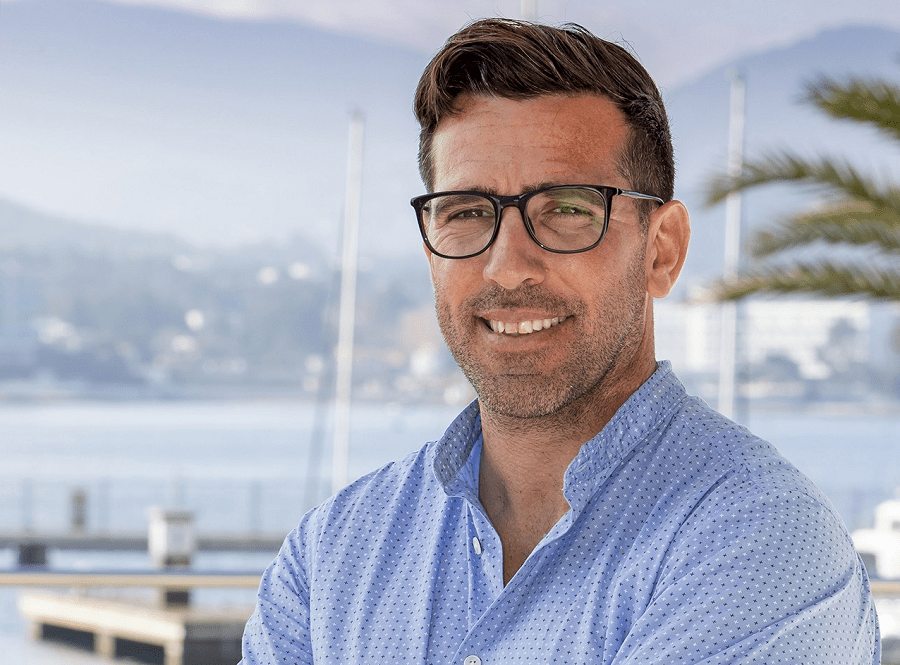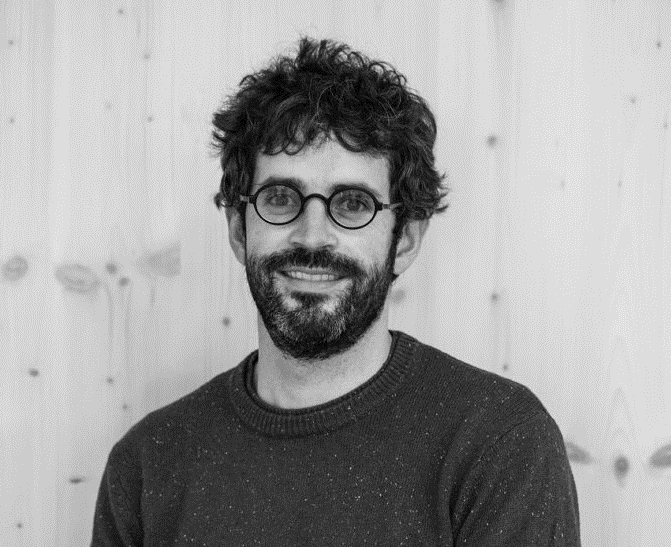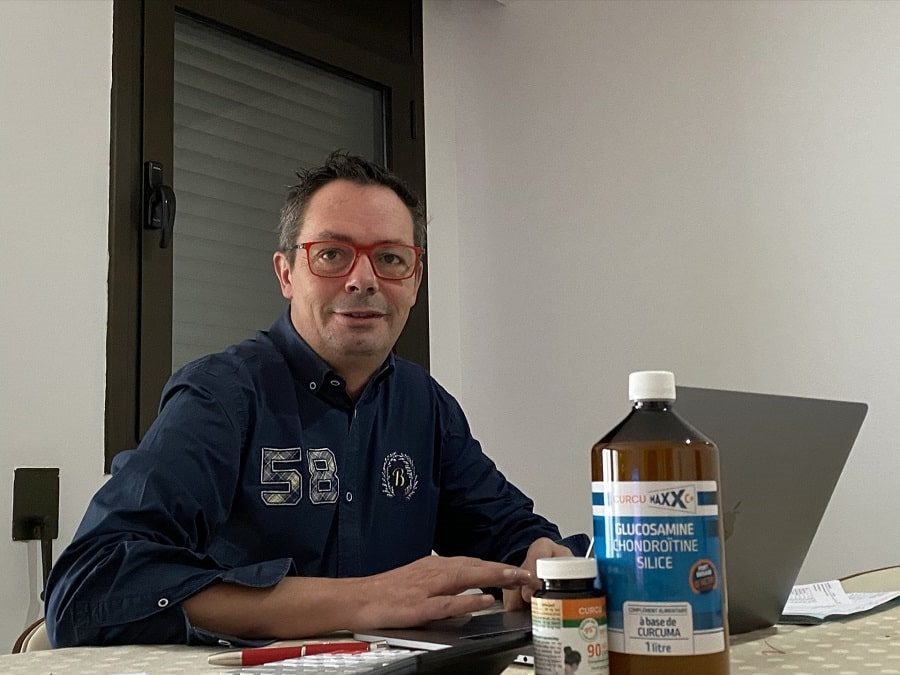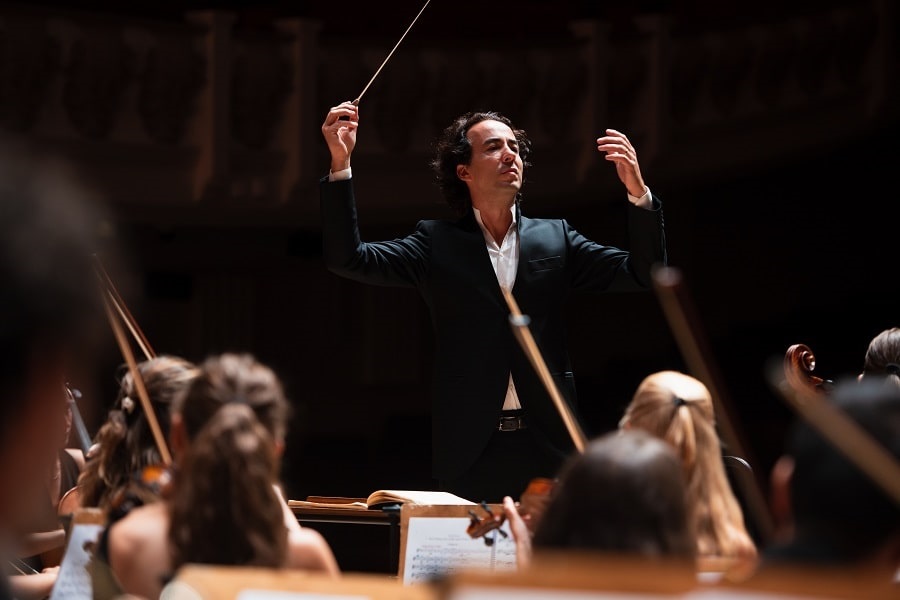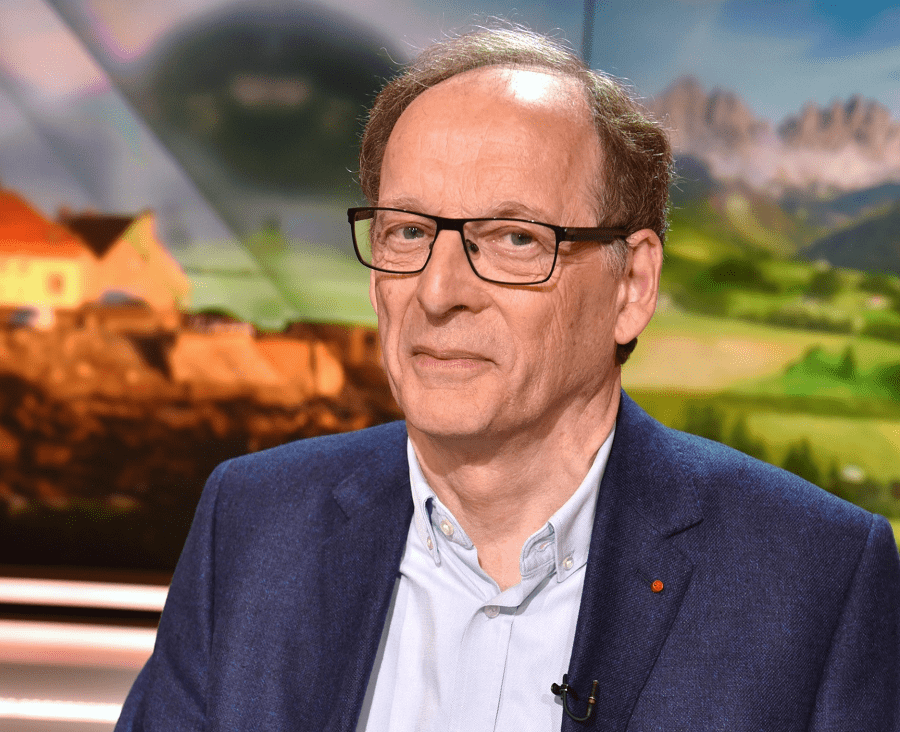Carcassonne is a fortified city in the Aude department, Occitania, France. The city is one of the most important historical places in France: not so much because of the age of the fortress, but its scale – a picturesque medieval town with streets, houses and churches hidden behind three lines of fortified walls. The Mayor of Carcassonne, Gérard Larrat, told us about why the city is interesting for tourists, and shared his plans for the development of the city in the coming years.
Interview: Ximena Bravo
It would be interesting to know what important cultural events will take place in Carcassonne this year.
The main events that emphasize our city’s life are those that I invented and implemented 10 years ago, and whose success was never denied. These include the Festival of Carcassonne, La Féria, the Wine Festival (la Fête du vin), the Magic of Christmas (La Magie de Noë), exhibitions of the Museum of Arts (Musée des Beaux Arts) … The list is long…
What would you recommend tourists coming to Carcassonne to visit first?
The old city, of course. I would highly recommend to walk the streets of Bastide Saint-Louis (les rues de la Bastide Saint-Louis), which is the oldest Bastide in Europe, as well as, Trivalle street (la rue Trivalle) with its shops. To visit the Museum of Arts (le Musée des Beaux Arts), the old textile factory that granted Carcassonne’s prosperity at one time, Lake Cavayère (Le lac de la Cavayère), Canal du Midi (Le canal du Midi) … You don’t have enough room for all my suggestions…
What can you tell about the economy of Carcassonne?
I am not going to play politics, but I can say without shame that over the past 6 years we have accomplished a “mission impossible”: we reduced the city’s debt by almost 10 million euros, we invested in new projects, created new structures, transforming the city, and all of this without increasing taxes. On the contrary, we even reduced them – for the first time in 30 years.
Private shops are returning to the city center. This is due to the support we provide: in particular, we are talking about partial rent subsidy for the first year. The first project “Boutique test”, which, as the name implies, allows you to “test” such commercial projects, opened its doors in September 2019. In addition, this is despite the fact that trade is no longer in our competence, but in that of the agglomeration community.
The cultural events that I mentioned earlier are a gift, or in French “une manne financière”, for local businesses. Just have a look: about 200,000 spectators take part in the Festival of Carcassonne and on average, they spend about 70 euros per person per day.
We have a plan for the mandatory reconstruction of facades. This will not only contribute to the transformation of our city and increases its attractiveness, but also provide jobs for a large number of local businesses.
Cultural events, urban planning and tourism are the main engines of our city’s economy.
Youth programs also shape the city’s economy. Carcassonne has the status of a “university city”, and we are working hard to be able to offer educational programs that would attract young people to Carcassonne, as well as allow the youngest residents of Carcassonne to study in their city.
How is tourism developing in the city?
As you know, today, plane tickets are often cheaper than train tickets, and this greatly contributes to an increase in the number of foreign tourists. In particular, I mean tourists from China – we have been working on this over the past few years through our membership in the international WTA association.
We are also interested in the development of business tourism, which has grown significantly since the opening of the Congress Center. This fact puts us at the center of Occitania – both geographically and technologically.
Does Carcassonne City Hall have any strategic plan to attract foreign tourists?
Our strategy is constantly evolving. Everything is changing very fast, and we need to know how to adapt. First, we must study from which countries tourists fly to our airport and come to our SNCF train station.
We intend to continue to work with the Chinese market, which goes hand in hand with the creation of new airline companies and a new network of travel agencies.
What can we offer our tourists besides the sights and cultural programs? Our plans are to continue the implementation of the “Grand Site” project, which includes a plan for the city illumination, which is currently under study. This project will be implemented within four years.
Separately, I will talk about the creation of a “digital zone” and significant improvements to the free Internet zone.
I have just given a few examples.
Carcassonne – a popular city for immigration?
I am ready to admit that I don’t care how many “immigrants” live in Carcassonne. For me, every person who lives in Carcassonne is a Carcassonne citizen.
In what services areas does the City Hall invest the most?
Our investments are balanced. This mandate more than 12 million euros will be spent on security, as well as the repair of facades and a number of environmental programs. Let me remind you that our city received a national award for the best environmental project due to the construction of a hydroelectric power station, developed during the repair of the Barrage du Païcherou dam. The project is part of the Master Plan for Water Development and Management (SDAGE du Bassin Rhône-Méditérranée) and includes the commitments defined by the European Directive, as well as the Grenelle environmental recommendations for ensuring good water condition.
In this regard, the city signed an agreement with the state acquiring a dam management and permission to create a hydroelectric power station in order to restore environmental integrity.
To continue the topic – my next question is about environmental protection and sustainable development. Does Carcassonne have its own environmental action plan?
Today it is impossible not to integrate into sustainable development plans and not have appropriate plans. However, we did not wait for 2020 to become interested in this issue. After the 2014 elections, we insulated 22,000 m2 of attic spaces in public buildings, which significantly reduced energy consumption. We replaced all lamps with LED ones, which also reduced light pollution.
We are increasing the number of electric vehicles in the city, updating the municipal fleet.
We have reserved 45 hectares of land intended for the installation of solar panels.
We are creating a network of bike paths in the city center, with integrated bicycle self-service stations. Again, the list is long…
Speaking generally about the development of the city, in what areas, in your opinion, have you already achieved good results, and what do you intend to do as the mayor of the city in the future?
We got 19 “quality labels” in one mandate. They relate, in particular, to the heritage: the “City of Art and History” (Ville d’Art et d’Histoire), ecological transition (la transition écologique), security, sport, schools and digital technology…
We worked and achieved results in each area.
What do you think of smart cities? Does Carcassonne wants to be a “smart city”?
The term “smart city” is now in fashion. Although it seems that this concept is revolutionary, we are immersed in it already, not even suspecting it. We integrate information and communication technologies, especially with regard to transport, so that municipal communities and megacities are “connected”.



